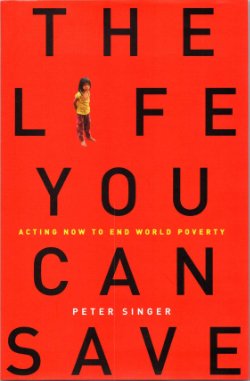By Robert Johnson
From the Preface by Hans Toch: “The author's contribution in this work is in many ways unique, and some of the concepts under- lying this book may not be self-evident to all readers. I hope I'll be forgiven for explicatingwhat to others may seem very obvious. Corrections and penology traditionally have been the monopoly of sociologists, and sometimes of experts ni administration. Psychological or clinical concerns usually have been confined to the area of individual diagnosis--particularly to the ritualistic review of unrepresentative offenders. Though it is obvious that much sociological discussion ofprisons has taken the form of psychology in disguise, disciplinary boundaries have inhibited full development of such thinking. Prison researchers have generally not deployed clinical methodology in their inquiries. Where inmates have been interviewed, they have rarely been asked the sorts of questions that explored their feelings and perspectives in depth.
Lexington, Massachusetts. D.C. Heath and Company . Lexington Books. 1976. 182p. CONTAINS MARK-UP














